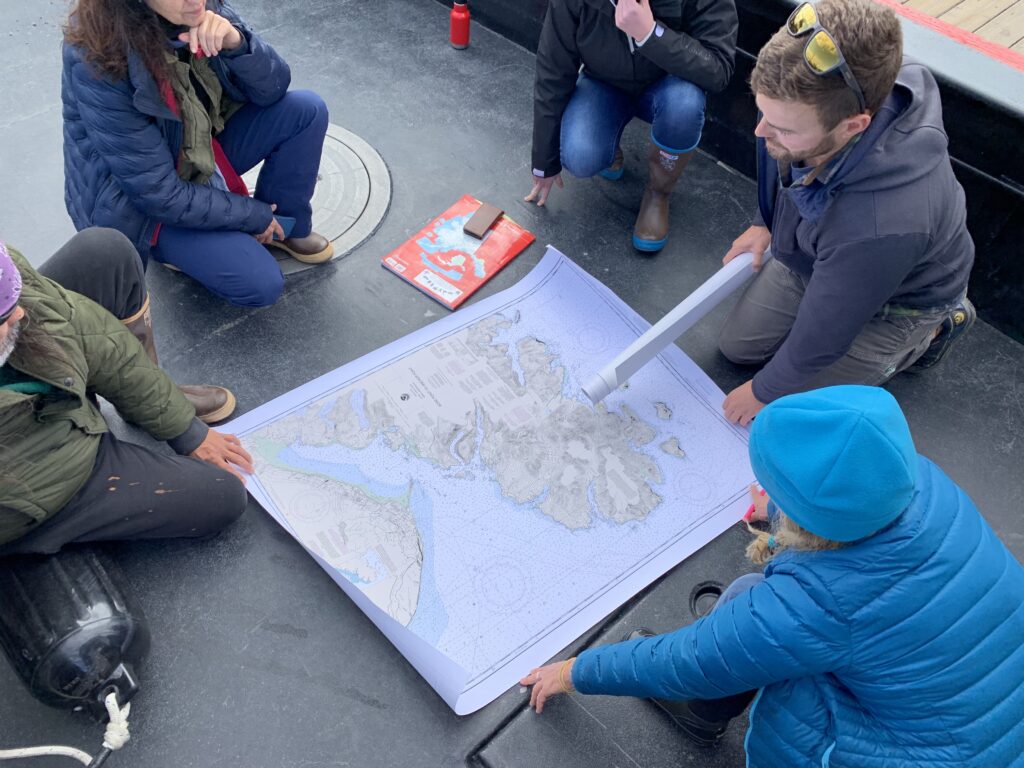Stay Organized
The permitting process requires compiling and communicating a lot of different information at different times to different people. The more organized you can be in housing all this information in one spot and ensuring that you’re being consistent across applications, the easier your life will be. If you filled out the Site Evaluation Questionnaire when you were scoping sites, or recorded data elsewhere, now is the time to unearth your records. You’ll likely need to include the depths, water quality, and existing uses of your proposed farm site in your application. Providing clear records of site visits and observations will help show you’ve done your research and instill confidence in your application.
We recommend keeping a running log to track communication you’ve had with permitting agencies, the date, and files and documents you’ve submitted. By the end of the permitting journey, this list could be several pages long!
